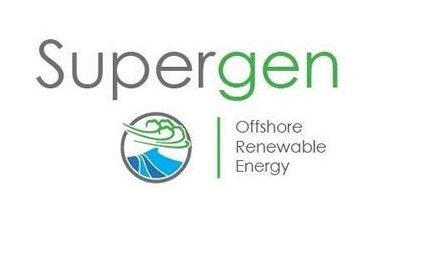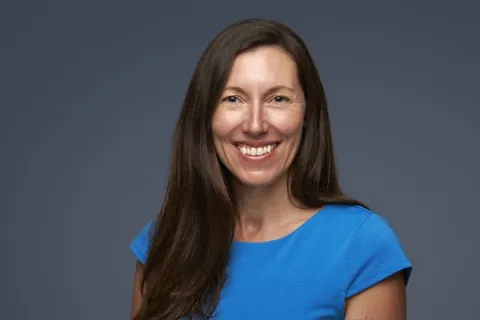Project overview

The SEAMLESS project - SharEd Anchor Multidirectional Load Envelopes with Strength Synthesis – funded by the ORE Supergen Flex Funding Scheme, will investigate anchor sharing which could reduce capital expenditure of floating offshore renewable energy (ORE) farms that require hundreds of anchorages.
This project will raise the viability of anchor sharing as a technique to reduce mooring system costs. Attaching multiple mooring lines to a unique (shared) anchor raises the uplift load (V), while the resultant lateral loading (H) varies more strongly in direction and magnitude, creating conditions not encountered by previous mooring anchorages.
The project will quantify how this multidirectional cyclic loading improves or degrades the surrounding soil and long-term anchor capacity. Two unanswered fundamental design questions will be addressed.
- What level of upwards cyclic load can be sustained without ratcheting leading to eventual long-term pullout?
- How does the history of vertical-lateral load interactions affect the capacity?
To address these questions, and create a framework for design answers, the project will use a geotechnical centrifuge at the National Infrastructure Laboratory to apply realistic shared-type loading to anchors and to calibrate a theoretical framework for the load-history-dependent capacity.
This framework uses V-H failure envelopes combined with cyclic degradation/enhancement diagrams, extending current practice. Caisson and screw pile type anchors will be studied in sandy conditions, representing future project conditions in UK and European waters. Pseudo-random cyclic direct shear tests (CDSS), inflight characterisation and X-ray tomographic post-mortem sample forensics, carried out at the University of Southampton m-vis facility, will validate internal variables of the macroscopic model.
The project will be developed and carried out in collaboration with a range of partners and collaborators, including
- ORE Catapult Floating Offshore Wind Centre of Excellence
- Equinor
- CorPower Ocean
- Lloyd’s Register
- Norwegian Geotechnical Institute
- University of Massachusetts Amherst


